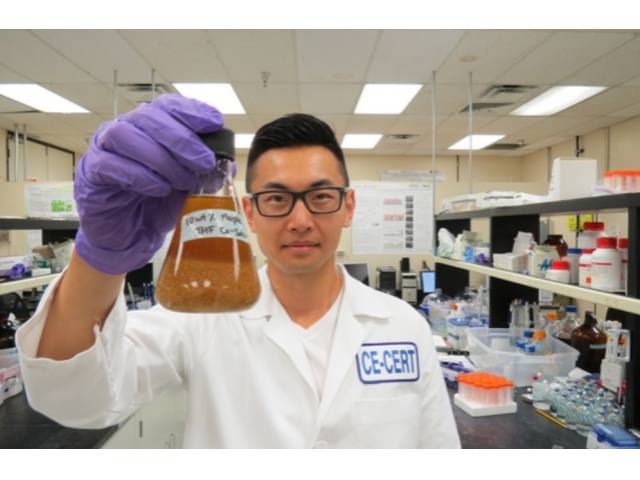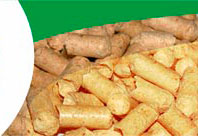A preliminary grain processing can reduce the prime cost of biofuel by 30%

Riverside, the scientific-research group of the University of California presented a new technology for reducing the enzymes required for the raw material fermentation during the biofuel production.
The joint studies carried out by the Bioenergy Science Center, the College of the Chemical and Environmental Engineering Department and by the Center for Ecological Research and Technologies showed that the developed process called "cellulose solvent‐based lignocellulose fractionation" can reduce the amount of enzymes involved in the process of processing cellulose into biofuel by 90%.
The Bioenergy Science Center is the bureau of the U.S. Department of Energy, and it focuses on developing the technologies for reducing the prime cost of the biofuel production. Professor Charles Weeman, the representative of Ford Motor Co., who took part in the research, declared that the group had achieved a real breakthrough and that the alternative fuel would become the principal rival to petroleum products notwithstanding the fall of oil quotations.
In the course of the research, sir Weeman and his colleagues decided in favour of the process of processing the inedible wastes, of the so-called lignocellulose into liquid biofuel. At present the value of this raw material is estimated at 60 U.S. dollars per tonne. During the cellulose processing, lignin and hemicellulose decompose into saccharides consequently fermented into fuel. The main problem concerns the fact that the biomass structure hampers the process of decomposition and requires the preliminary procedures such as the application of high temperatures and the use of chemicals. Nonetheless, lignin, which remains after these procedures impedes the access of enzymes to hemicellulose and cellulose, complicating the process and increasing its cost.
Nevertheless, sir Weeman found a comprehensive solution to this problem. When employing the traditional method of dilution with acids, 2 milligrams of enzymes added into biomass account for 70% of the maximum saccharide volume, and 15 milligrams account for 85% of the production. When employing the method of cellulose solvent-based lignocellulose fractionation, the production of saccharide accounts for 95% and it does not depend upon the amount of enzymes, which is added. A single difference lies in the process rate, presently it takes 14 days. Now it lasts 5 days if 5 milligrams of enzymes are added and 2 days if 15 milligrams of enzymes are added. Besides, this technology enables the straw and the wood biomass decomposition unlike the traditional technologies, which suggest the incineration of lignin wastes, which is not essential. At the same time, lignin may become a valuable source of chemicals.
Mr. Winman who had been working in the field of biofuel during 30 years declared that this discovery was the crucial moment in the process of reducing the expenses and in the modernization of the production of biofuel from lignin biomass, and the comprehension of the mechanisms leading to such results opens up a lot of new opportunities for the producers.
The researches have been conducted owing to the financial support from the U.S. National Science Foundation and its grants. The Patent for the process has been issued for all the co-authors including the company CogniTek, Northbrook, the State of Illinois, which is also the co-founder of the firm MG Fuels, empowered to carry out the commercial application of the technology.






